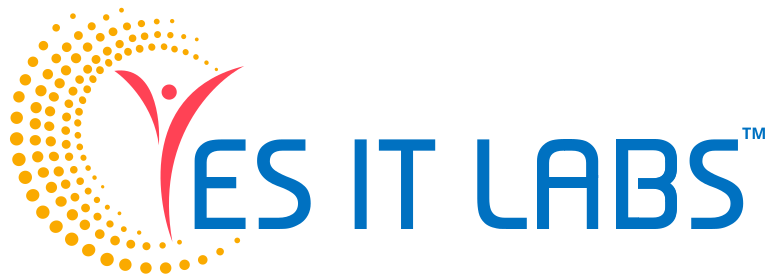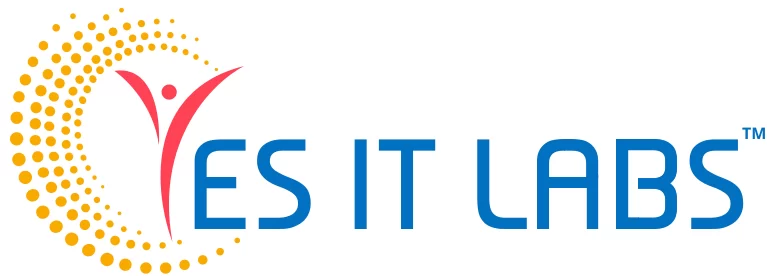We live in an era where ‘visual search’ has become a buzzword, signifying the growing importance of image-based exploration on the web. Giants like Google wield cutting-edge image recognition technology to sort and rate visual content.
Today, image optimization isn’t just a nice-to-have; it’s an absolute must. When your images are optimized to perfection, they appear in search results, driving more organic traffic to your website.
In this post, we will discuss how to improve your website’s search engine performance through image optimization. This guide is designed to cater to both seasoned SEO professionals and newcomers to the field. By the end of it, you will possess the knowledge and tools necessary to elevate your website’s standing in the competitive online landscape.
Let’s get started.
Choose the Perfect Image Format
There are various places to get affordable images for your website; however, that’s not enough! The choice of image format can be a make-or-break decision when it comes to optimization. The three primary image formats are JPEG, PNG, and GIF, each with its unique characteristics.
- JPEG: It is excellent for photographs and images with many colors. JPEG employs efficient compression while retaining image quality.
- PNG: This format is ideal for transparent images or sharp edges, like logos or graphics. PNGs have a larger file sizes than JPEGs but offer unmatched quality.
- GIF: It is suitable for simple animations but has limited color support and is less common for static images.
Selecting the right format is critical in finding the optimal balance between image quality and size.
Resize Images for Web Optimization
Large images slow down your website’s loading speed, hampering user experience and affecting your SEO rankings. The solution? Resize your images to match the dimensions required for their display on your site. Numerous online tools and image editing software can simplify this process, ensuring your visuals are perfectly sized for web use.
Properly resizing images not only reduces load times but also ensures that they fit seamlessly within your website’s layout. Oversized images can disrupt page design and lead to awkward user experiences.
Optimize Image Loading Speed
After resizing, take the crucial step of optimizing your images for lightning-fast loading times. Image compression is the key here, as it reduces file sizes without compromising quality.
Smaller image files mean quicker page loading, resulting in an improved browsing experience and a boost in SEO rankings. Many online tools, such as TinyPNG and ImageOptim, can help you effortlessly compress your images.
If you’re using a content management system (CMS) like WordPress, take advantage of plugins or built-in features that facilitate automatic image compression. These tools streamline the optimization process by compressing images as you upload them. This automated approach saves time and effort while ensuring your images are consistently optimized.
Website speed is a key ranking factor of websites. Google and other search engines prioritize fast-loading websites because they provide a better user experience for users.
Craft Descriptive Filenames
The significance of descriptive filenames cannot be overstated. When saving images, avoid generic names like “image001.jpg” and use filenames that narrate the image’s content, such as “red-sports-car.jpg.” This practice offers search engines crucial context about the image, directly contributing to improved SEO.
Descriptive filenames serve a dual purpose: they help search engines understand the image’s content and provide a clear and meaningful name for users who might download or share the image. When naming your images, consider what a user would type into a search engine to find a similar image, and incorporate those keywords into the filename.
Use Alt Text
Alt text, or alternative text, serves two purposes: SEO enhancement and accessibility improvement. It provides a textual description of the visual media for users who cannot view it, including those with visual impairments and search engine crawlers.
The key is to ensure your alt text accurately encapsulates the image’s content while integrating relevant keywords without resorting to keyword stuffing. Properly crafted alt text can elevate your SEO rankings and make your website more inclusive.
Alt text also serves as a bridge between your images and search engines. When search engine crawlers encounter an image, they rely on alt text to understand its content and context. This information helps search engines index and rank the image appropriately in search results.

Integrate Responsive Images
In today’s mobile-dominated landscape, responsive web design is no longer a luxury but a necessity. Implement responsive images that dynamically adapt to diverse screen sizes and resolutions. Doing so minimizes the need for extensive resizing by the browser, resulting in more seamless browsing across all devices.
Responsive images are a fundamental aspect of mobile-friendly web design, which is crucial for SEO. Ensuring that your images adapt well to various screen sizes is essential for maintaining or improving your search engine rankings.
If you’re in the process of creating a business app, it’s a good idea to hire a professional mobile app development company. They can help ensure your app’s images load quickly and look great, providing a more enjoyable experience for your customers.
Leverage Lazy Loading
Lazy loading is a transformative technique that defers the loading of images until a user scrolls down the page and actually needs to view them. This strategy accelerates initial page loading and conserves bandwidth for users who may not scroll to the page’s bottom. Many CMS platforms and JavaScript libraries offer convenient lazy-loading plugins or features for effortless implementation.
Lazy loading is a win-win for both SEO and user interaction. It reduces page load times, improves your search engine rankings, and provides a smoother browsing experience for your visitors.
Create Image Sitemaps
Create specialized image sitemaps to ensure search engines efficiently discover and index your images. These dedicated sitemaps comprehensively list all the images on your website, providing search engines with valuable insights into your visual content.
Image sitemaps are like roadmaps for search engines, guiding them to the images on your website and providing information about each image. This makes it easier for search engines to index and display your images in image search results, potentially driving more organic traffic to your site.
Monitor and Update Regularly
SEO is not a one-and-done endeavor, and image optimization is no exception. Make it a regular part of your maintenance routine to review your website’s images. Eliminate outdated content, rectify broken links, and seize opportunities for further optimization. Continuous vigilance ensures your SEO efforts remain effective and your website stays competitive.
Regularly reviewing and updating your images is essential for maintaining a high level of SEO performance. As your website evolves, so should your image optimization strategy. Keep an eye on changes in your industry, monitor your competitors, and stay up-to-date with the latest SEO trends. Following the latest practices ensures your website continues to gain visibility in search engine rankings.
Conclusion
At its core, SEO boils down to one thing: visibility on the internet. There used to be a strong belief that it was all about the links directing to your content, but times have changed. What truly matters now is what you put on your pages, and that’s where image SEO comes into play.
By optimizing your images, you’re not just boosting your website’s performance and climbing search engine rankings. Instead, you are also crafting a superior online experience for your visitors.
Should you have any questions or need assistance with image SEO, don’t hesitate to contact us. For further insights into enhancing your online presence, check out our guide on selecting the ideal web design company for your business.
Let’s make your website stand out!






